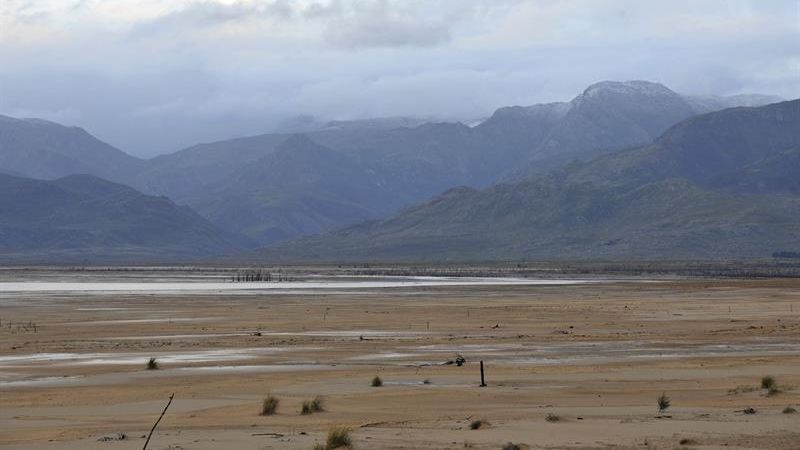Five years ago, launching a decent streaming platform took millions. Now? A teenager with a laptop can build something that reaches millions. That shift…
Cape Town dams: #DayZero or not, the city remains worryingly dry

Despite what politicians may say about Cape Town’s water crisis and the potential aversion of Day Zero, there’s no denying that the dam levels remain low.
Hell, you don’t need to have a fancy hashtag or hold a press conference to see that.
While the reduction of water consumption within the city, water augmentation projects, the donation of water and change of mindset have contributed to a notable push-back of Day Zero, dam levels this week dropped a further 0.6%.
The combined level of Cape Town’s Big Six dams now stands a 23% — now just 9.5% from the quoted Day Zero mark.
Cape Town has around 6% less water at present than what was available in 2017, more than 12% than in 2016, and some 40% less than it had stored at the same period in 2015.
In its latest water dashboard report, the City of Cape Town highlights a few changing trends.
For one, the once rapidly-emptying Theewaterskloof Dam lost just 0.1% of its current reserves over the previous week. It remains at 10.9%.
The construction of a coffer dam — effectively a smaller dam within the Theewaterskloof — will allow the Department of Water and Sanitation to acquire the remaining 10% of water reserves. That’s extremely important too, as it equates to nearly 52 400 ML — or nearly as much water as the Wemmershoek Dam holds when it’s completely full.
Speaking of the Wemmershoek, it continued its tumble too, down by 0.5% this week to 43.9%.
The Theewaterskloof’s other compatriots also marginally emptied this week. The Voelvlei Dam dropped by 0.5% this week, and now stands at 15.1%.
The Berg River Dam ended the week down 1.6%. It’s now below the 50% mark for the first time this year, but remains in a better shape than in 2017 (39.1%) and 2016 (30.5%).
And finally, the Steenbras Lower and Upper dams saw mixed fortunes.
The former gained 2% over the previous week, likely from a water release from the Upper Dam. The latter however fell by 7.2% this week, shedding more than 2 287 ML — enough water to last Cape Town for about four days. It’s also the Steenbras Upper Dam’s first decline since the beginning of February.
As for the City’s water consumption figures, they continued to flirt with the 500-million litres per day mark when taking all 14 dams into account. Cape Town used just 506-million litres of water per day on 9 March 2018 — a new record for the city. That’s more than 200% less water used per day than in March 2015.
Bar the stellar consumption figures, Cape Town continues to be shunned by precipitation. No rainfall was recorded across the stations monitored by the City since 5 March. However, rainfall is possible for Wednesday.
So will Cape Town avert its impending #DayZero crisis? While it’s still penned for 15 July 2018, it’s ultimately the rain clouds and our conservation of available resources that will decide our fate.
Feature image: City of Cape Town


